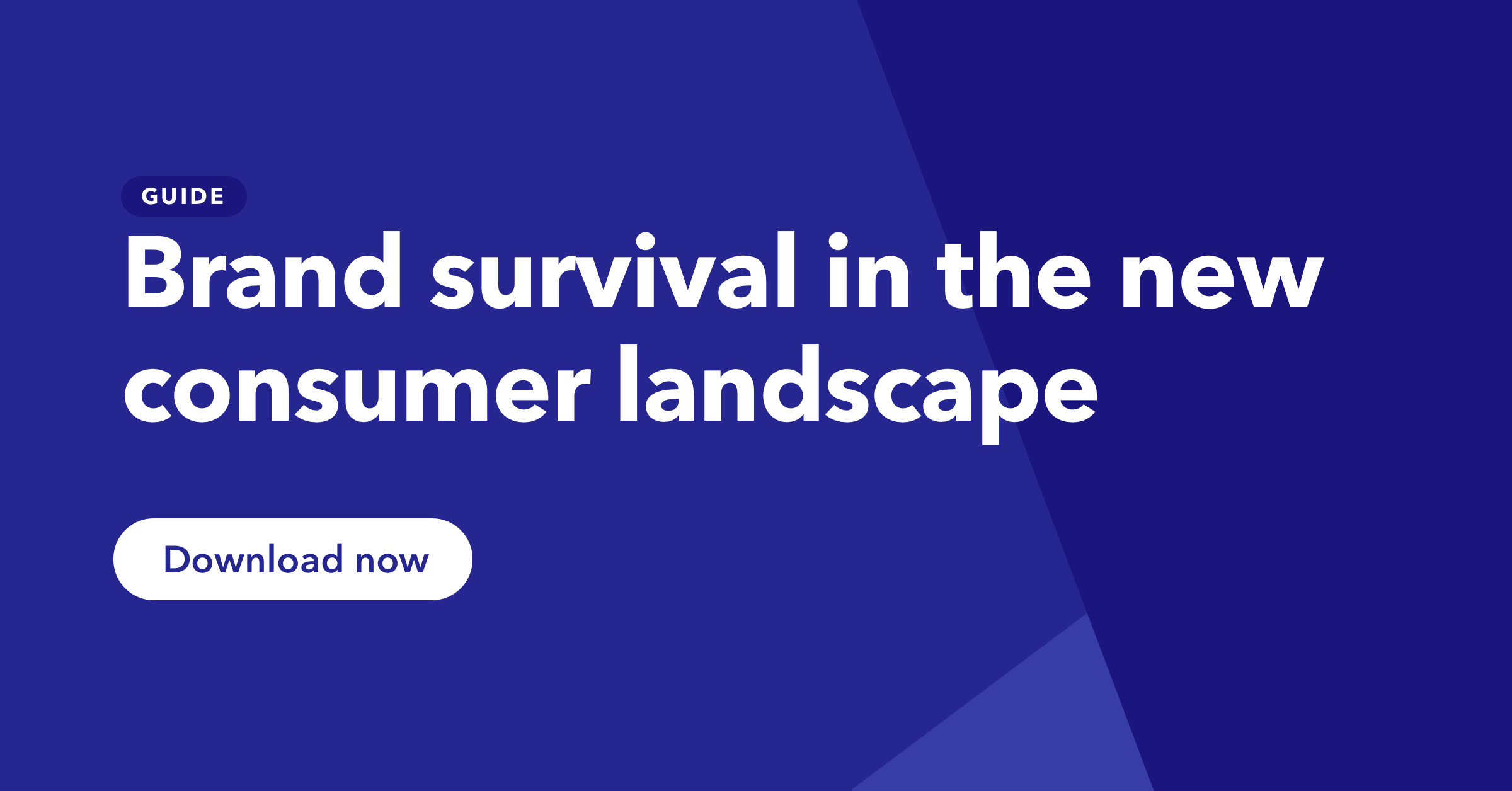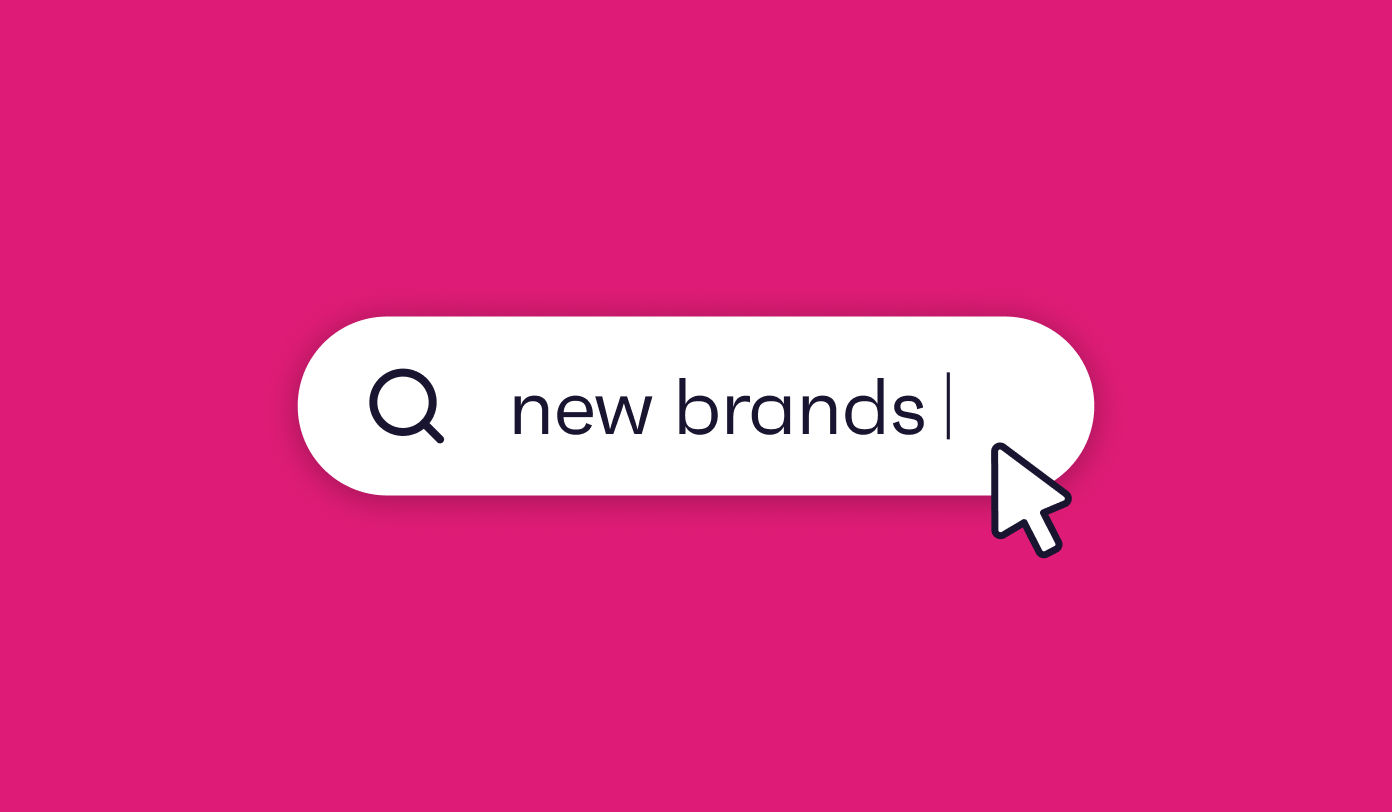While the world grapples with the pandemic, economies are stilted and in flux.
At an individual level, consumers are being forced to approach many aspects – if not all – of their lives differently: where they work, the things they purchase, who they trust, where they go for support, and how they spend their down time.
Aside from the usual competition, as consumer mindsets continue to shift like we’ve been observing, the stakes are high.
In the interests of self-preservation, one of the best things brands can do is keep track of how they’re being perceived by their audience.
This is more important now than ever given the recent surge in ecommerce – with an array of 1st, 2nd and 3rd party marketplace sellers, this is a much harder channel for brands to manage. Your brand values may not be projected the way you want, and the experience on the digital shelf is much less curated.
- How is your brand being perceived?
- Does your brand’s image align with the new values consumers have?
- Would someone favor another brand over yours? If so, why?
There’s a junction between what others make of you and how you see yourself. Interrogating the former is what can lead to new opportunities.
Regardless of how big or small you are, with reliable research that’s tailored to your brand specifically, you’ll get an unbiased view of the health of your brand, laying the groundwork for future strategizing.
The answers every brand needs
Arguably, the most common universal questions brands want answered are these:
- What is critical to my target audience: what’s driving their key behaviors and brand choice?
- How can I strengthen the connection with my existing consumers?
- How can I appeal to newcomers?
Now more than ever, consumers are looking beyond products and services, paying close attention to whether or not a brand’s ethos aligns with their values.
With greater onus on brands to act responsibly, by taking a stance on environmental, ethical, and societal issues, how do you know if your brand is seen to be doing enough and your actions are being interpreted favorably?
The attitudes consumers have towards you affects your brand’s capacity to compete, and thrive. But attitudes aren’t fixed, so being in the dark about what they truly think can come at a cost.
No one needs to learn ‘the hard way’ to know how fast reputations – good or bad – can travel.
Keep track of your strengths and weaknesses in the eyes of your customers and you’ll be in the best position to deal with the challenges that will inevitably arise throughout the lifetime of your brand.
The big questions to ask
When tracking your brand’s health, start with these key questions to form the backbone of your understanding.
You can do this using survey data by adding your brand to our flagship survey – the world’s largest study on the online consumer. This gives you the power to get a complete understanding of how consumers across 46 markets perceive you, and identify any gaps you need to fill.
To bring this to life, we’ll analyze the bank ‘Halifax UK’ as an example, shining a spotlight on how baby boomers in the UK interact with the brand.
1. Who is currently aware of you? Compare your brand’s recognition in the market with other competing brands.
In practice: Among UK baby boomers, the three most recognized banks in order of most to least recognized are Halifax UK, HSBC and Lloyds.
2. What percentage of your target audience engages with your products and services? Discover whether consumers rely on your brand versus competing brands.
In practice: Among UK baby boomers, 24% currently bank with Halifax. Meanwhile, the same percentage (24%) say they’ve banked with Halifax previously.
3. Is your brand worth recommending? Establish where your brand ranks in terms of how likely consumers are to recommend it.
In practice: Of a list of ten UK banks, Halifax UK scores in the top three for banks baby boomers would recommend, either by writing posts or reviews about them or recommending them to family and friends.
Why survey data on your brand should matter more
With survey data like this that focuses on your own brand, you get a clear vision of exactly what your customers want from you, helping you to:
- Maintain and evolve your brand.
- Target your marketing efforts and maintain a competitive edge.
- React to changes around your brand perception when it counts.
- Move with trends in real-time and influence change.
Keeping track of the shifting mindsets perspective of your audience with survey data is crucial necessary to gather clues on where you stand as a brand, and how to increase your appeal.
In addition, running custom research will help deepen your understanding even further, by shaping your research around your objectives. The benefits are being able to capture exactly what your brand represents (its image) and which attributes are most important to drive key outcomes.
Uncovering the wider trends influencing your target audience
Seeing your brand through the eyes of your target audience is only one piece of the puzzle.
Understanding what’s influencing (or most likely to influence) your customers is another critical piece.
Psychographic data offers crucial insight into the lives and lifestyles of your audience – from their self-perceptions and interests to their professional lives.
It answers questions like:
- What are their interests?
- How do they describe themselves?
- What do they most value?
- What factors would motivate them to make a purchase?
- What attitudes do they have towards different topics, such as sustainability?
Combining brand data with wider consumer data like this helps you contextualize your findings, uncovering why your audience might hold certain associations about your brand.
By keeping track of psychographic data relating to your audience and how it changes over time, you can maintain a hyper-targeted strategy, in line with, and considerate of, consumer expectations.
3 key takeaway for brands
Tracking the health of your brand long-term is crucial. With behaviors and perceptions more in flux than ever, it pays to know which aspects of the business are driving outcomes, and which aren’t. In that way, tracking creates opportunities for growth and improvement. It shows you how you got to where you are, and alludes to how to get to where you need to go.
Explore how your target audience relates to your brand, and the world around them – in that order. Gaging your audiences’ feelings towards your brand is the first step. The second step is to track which trends, preferences and attitudes apply to them. Combining your data in this two process and learning key traits about their persona will reveal powerful insight you can act on.
Look beyond your products and services. Consumers care how companies operate. Use survey data to get extra insight on whether your operations are perceived as ethical, transparent and accountable, as improving these areas can help increase your brand’s appeal without the need to expand your range. While factors you’ll need to dial up or down will vary, continually making adjustments is a surefire way to win customers over.
To speak to one of our brand tracker experts about your project, email us at hello@globalwebindex.com.





.webp?width=495&height=317&name=pink_thumb_graphs%20(1).webp)
.webp?width=495&height=317&name=pink_thumb_letter%20(2).webp)
